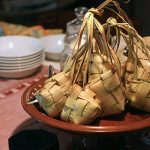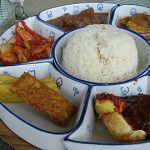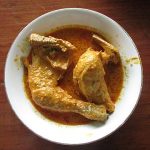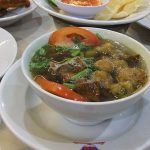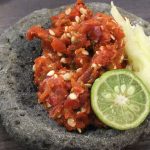Sumatra Barat
West Sumatra
Sumatra Barat - West Sumatra
Ranah Minang -
Land of Minangkabau
Tuah Sakato - Agree to Implement the Consensus Result
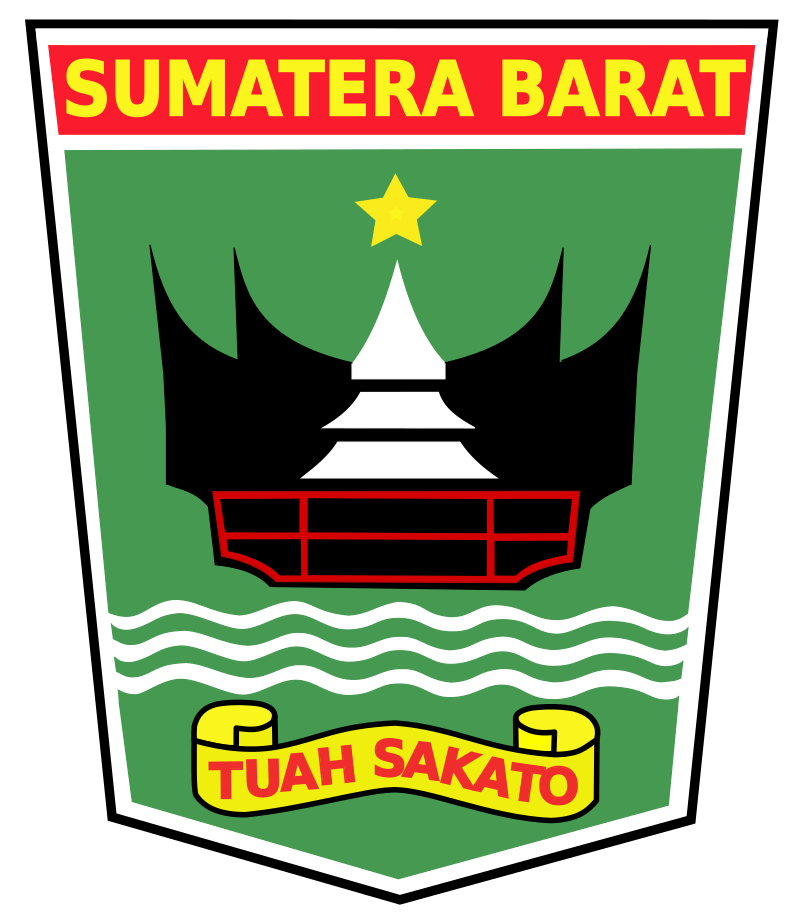 West Sumatra (Indonesian: Sumatra Barat) is a province of Indonesia. It is located on the west coast of the island of Sumatra and includes the Mentawai Islands off that coast. The province has an area of 42,012.89 km2, with a population of 5,534,472 at the 2020 census. The official estimate as at mid 2021 was 5,580,232.
West Sumatra borders the Indian Ocean to the west, as well as the provinces of North Sumatra to the north, Riau to the northeast, Jambi to the southeast, and Bengkulu to the south. The province is subdivided into twelve regencies and seven cities. It has relatively more cities than other provinces outside of Java, although several of them are relatively low in population compared with cities elsewhere in Indonesia. Padang is the province’s capital and largest city.
West Sumatra (Indonesian: Sumatra Barat) is a province of Indonesia. It is located on the west coast of the island of Sumatra and includes the Mentawai Islands off that coast. The province has an area of 42,012.89 km2, with a population of 5,534,472 at the 2020 census. The official estimate as at mid 2021 was 5,580,232.
West Sumatra borders the Indian Ocean to the west, as well as the provinces of North Sumatra to the north, Riau to the northeast, Jambi to the southeast, and Bengkulu to the south. The province is subdivided into twelve regencies and seven cities. It has relatively more cities than other provinces outside of Java, although several of them are relatively low in population compared with cities elsewhere in Indonesia. Padang is the province’s capital and largest city. West Sumatra was the centre of the Pagaruyung Kingdom, founded by Adityawarman in 1347. The first European to come to the region was a French traveler named Jean Parmentier who arrived around 1523. The region was later colonised by the Dutch Empire and became a residency named Sumatra’s West Coast (Dutch: Sumatra’s Westkust), whose administrative area included the present-day Kampar Regency in Riau and Kerinci Regency in Jambi. Before becoming a province in 1957, West Sumatra was a part of the province of Central Sumatra (1948–1957), alongside Riau, Jambi, and the Riau Islands.
 Etymology
Etymology
West Sumatra is known by the name Bumi Minangkabau (Land of Minangkabau), as it is the home and origin of the Minangkabau people. The Minangkabau name comes from two words namely, Minang (win) and Kabau (cattle). The name is associated with a Minangkabau legend known as Tambo. The story of the Tambo is found in the Hikayat Raja-raja Pasai which also mentions that the victory made the country that was previously named Pariangan changed to the name Minangkabau.
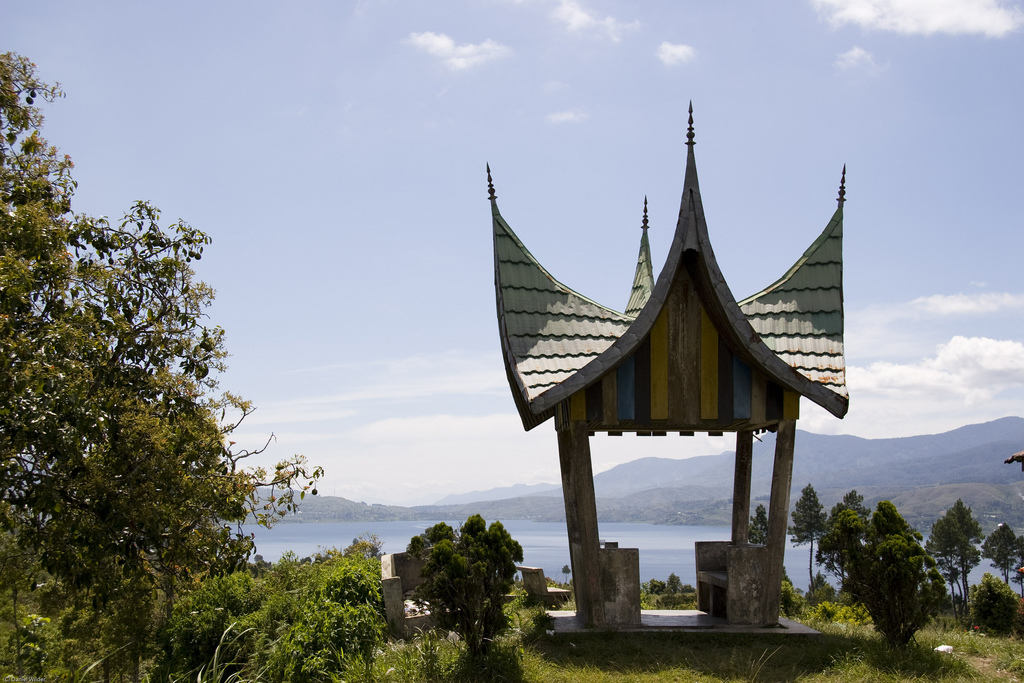 Furthermore, the use of the name Minangkabau is also used to refer to a nagari (village), namely the Nagari Minangkabau, which is located in Sungayang District, Tanah Datar Regency.
Furthermore, the use of the name Minangkabau is also used to refer to a nagari (village), namely the Nagari Minangkabau, which is located in Sungayang District, Tanah Datar Regency.
In the historical record of the Majapahit Empire, Nagarakretagama which dated from 1365, also mentioned the name Minangkabwa as one of the Malay countries that has been conquered by the Majapahit. Likewise in the Ming Chronicles from 1405, there was the royal name of Mi-nang-ge-bu of the six kingdoms who sent messengers facing Emperor Yongle in Nanjing.
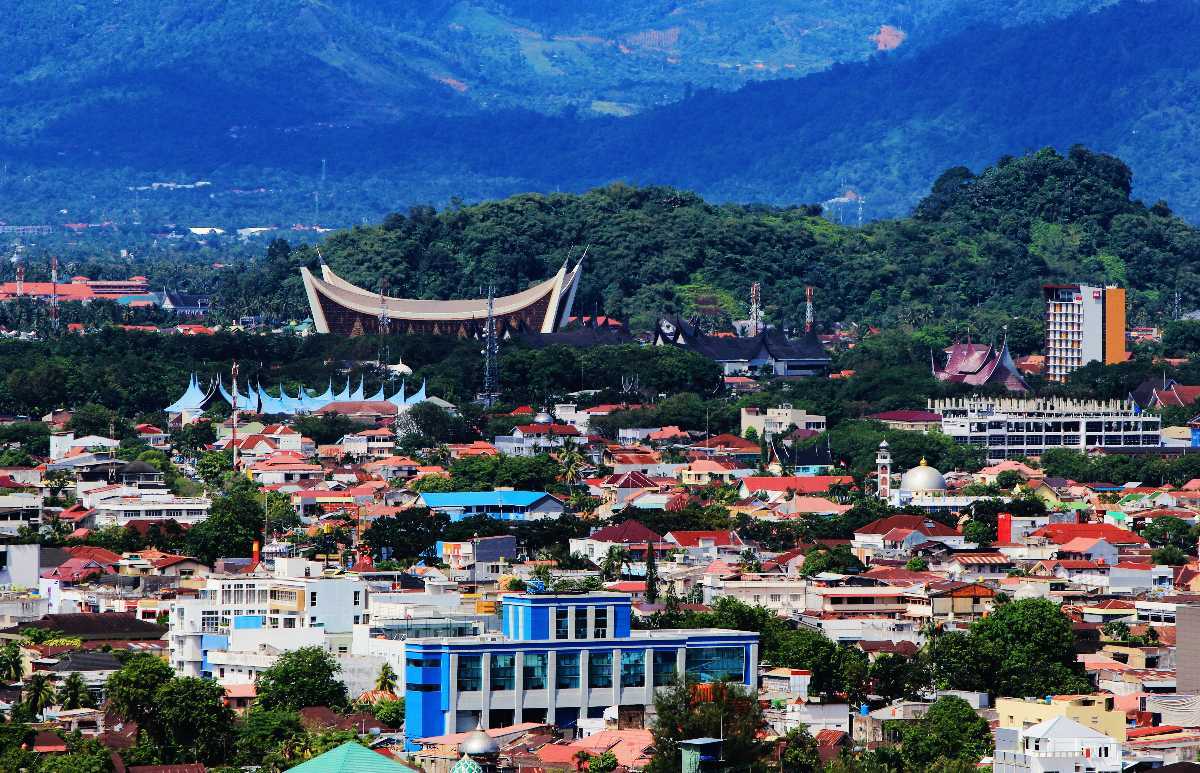 On the other hand, the name Minang (Minanga kingdom) itself has also been mentioned in the Kedukan Bukit Inscription dated from 682 which is written in Sanskrit. In the inscription it was stated that the founder of the Srivijaya Empire named Dapunta Hyang departed from a place called Minānga.
On the other hand, the name Minang (Minanga kingdom) itself has also been mentioned in the Kedukan Bukit Inscription dated from 682 which is written in Sanskrit. In the inscription it was stated that the founder of the Srivijaya Empire named Dapunta Hyang departed from a place called Minānga.
Some experts who refer to the source of the inscription suspects that the 4th line words (… minānga) and the 5th line words (tāmvan …) are actually incorporated, so that they become mināngatāmvan and are translated as the meeting point of a twin rivers.
The twin river is supposed to refer to the meeting of two sources of the Kampar River, namely the Kampar Kiri River and the Kampar Kanan River. But this hypothesis is denied by the Dutch indologist Johannes Gijsbertus de Casparis, which proves that tāmvan has nothing to do with “meeting point”, because these can also be found in other Srivijaya relics.
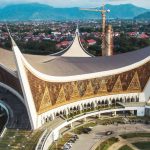
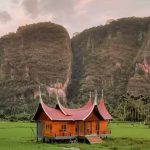
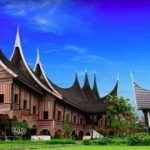

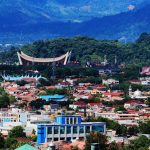
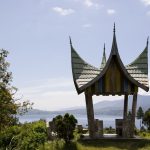
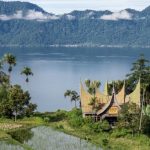
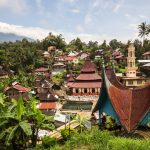
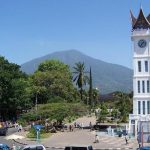












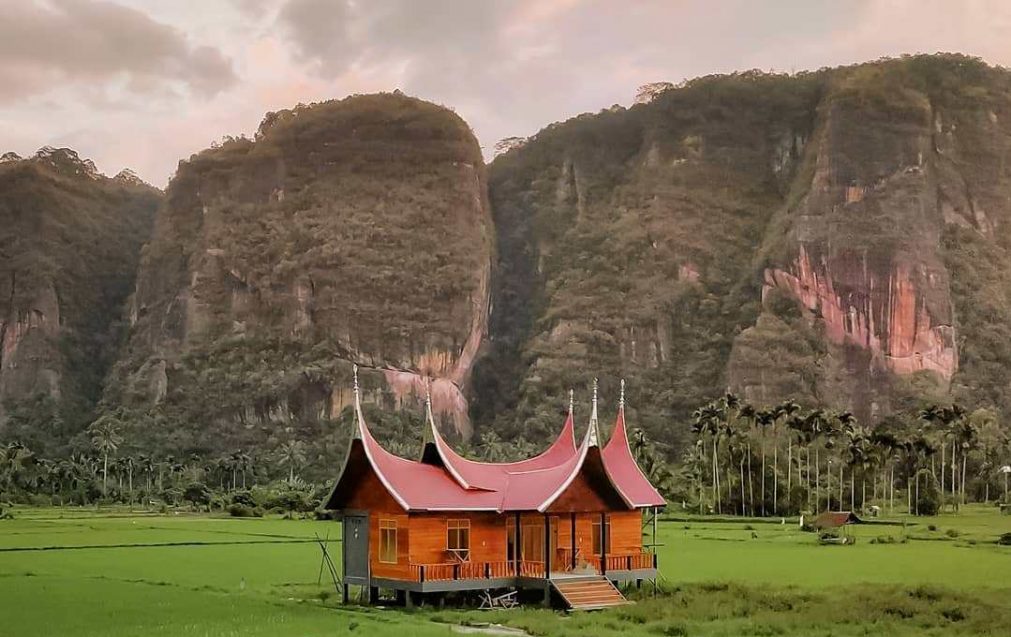 History
History
At the beginning of the Indonesian independence in 1945, the West Sumatra region was incorporated in the Sumatra province based in Bukittinggi. Four years later, Sumatra Province was divided into three provinces, namely North Sumatra, Central Sumatra, and South Sumatra. West Sumatra, Riau and Jambi were part of the residency within the Province of Central Sumatra.
In 1957, Central Sumatra Province was further divided into three provinces namely West Sumatra Province, Riau Province, and Jambi Province. The Kerinci region which was previously incorporated in the South Sumatra Regency of Kerinci, was incorporated into Jambi Province as a separate regency. Likewise, the Kampar, Rokan Hulu and Kuantan Singingi areas are designated as part of Riau Province.
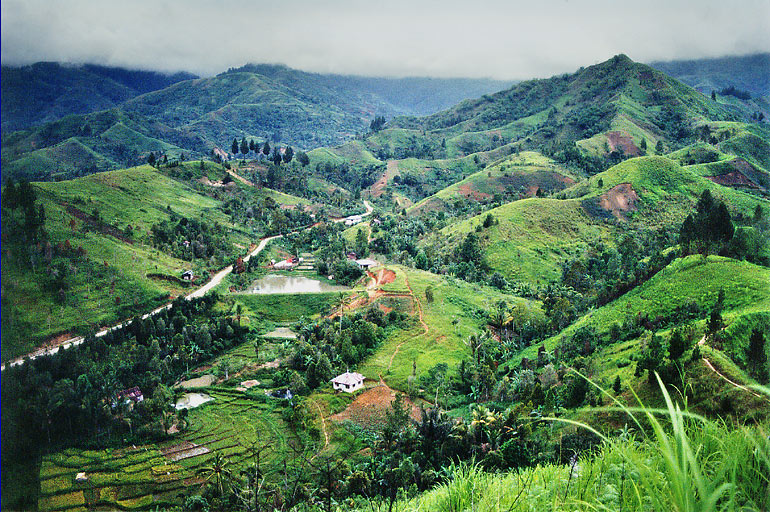 Geography
Geography
West Sumatra lies in the middle of the western coast of Sumatra, and has an area of 42,130.82 km2. Geographic features include plains, mountainous volcanic highlands formed by the Barisan mountain range that runs from north-west to south-east, and an offshore island archipelago called the Mentawai Islands.
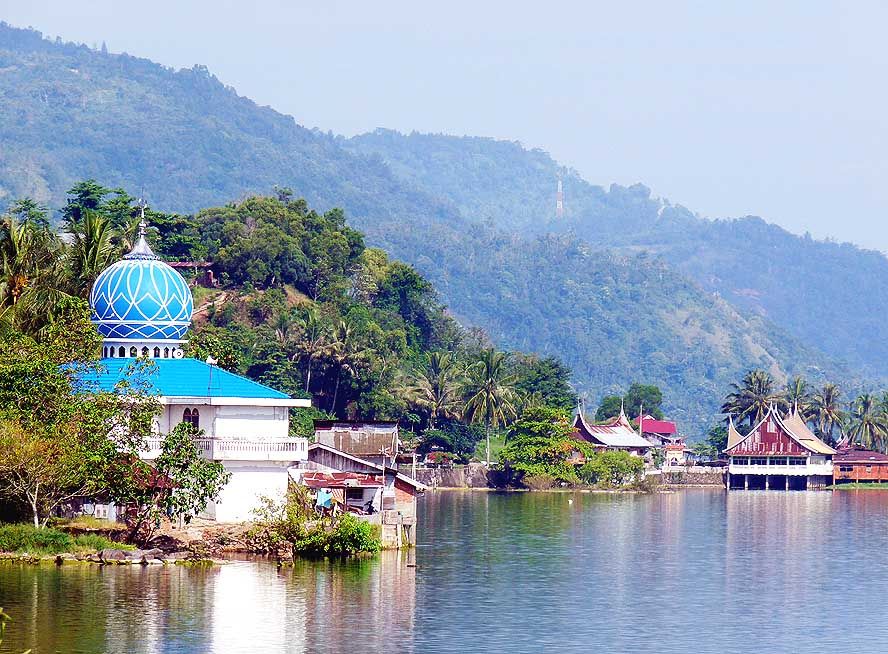 The West Sumatran coastline faces the Indian Ocean and stretches 375 km from North Sumatra province in the north-west to Bengkulu in the south-east. The lakes of West Sumatra include: Maninjau (99.5 km2), Singkarak (130.1 km2), Diatas (31.5 km2), Dibawah (14.0 km2), Talang (5.0 km2). The rivers of West Sumatra include: Kuranji, Anai, Ombilin, Suliki, Agam, Sinamar, Arau.
The West Sumatran coastline faces the Indian Ocean and stretches 375 km from North Sumatra province in the north-west to Bengkulu in the south-east. The lakes of West Sumatra include: Maninjau (99.5 km2), Singkarak (130.1 km2), Diatas (31.5 km2), Dibawah (14.0 km2), Talang (5.0 km2). The rivers of West Sumatra include: Kuranji, Anai, Ombilin, Suliki, Agam, Sinamar, Arau.
The mountains & volcanoes of West Sumatra include: Kerinci (3,805 m), Marapi (2,891 m), Sago (2,271 m), Singgalang (2,877 m), Talakmau (2,912 m), Talang (2,572 m), Tandikat (2,438 m). West Sumatra is one of the earthquake-prone areas in Indonesia, due to its location in the tectonic slab located between the confluence of two major continental plates (the Eurasian plate and Indo-Australian plate) and Great Sumatran fault, plus the activity of the active volcanoes.
 Climate. This region has a tropical monsoon climate, similar to most other Indonesian provinces. Throughout the year the province is only affected by two seasons, namely the rainy season and the dry season. The air temperature varies from 24.7 to 32.9 degrees Celsius with air humidity levels ranging from 82% to 88%. The relative rainy season falls from October to April.
Climate. This region has a tropical monsoon climate, similar to most other Indonesian provinces. Throughout the year the province is only affected by two seasons, namely the rainy season and the dry season. The air temperature varies from 24.7 to 32.9 degrees Celsius with air humidity levels ranging from 82% to 88%. The relative rainy season falls from October to April.
Variation in rainfall ranges from 2,100 mm to 3,264 mm. The month December is the month with the most rainfall. While the dry season usually starts in June to September.
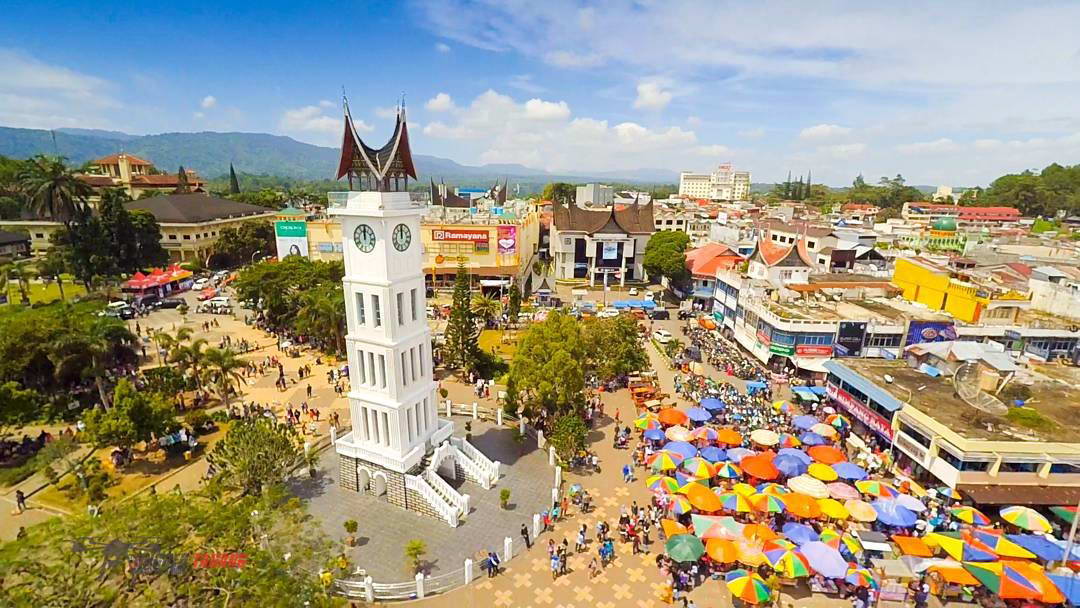 The season in West Sumatra is similar to other regions in Indonesia, only known for two seasons, namely the dry season and the rainy season. From June to September wind flows from Australia and do not contain much water vapor, resulting in a dry season.
The season in West Sumatra is similar to other regions in Indonesia, only known for two seasons, namely the dry season and the rainy season. From June to September wind flows from Australia and do not contain much water vapor, resulting in a dry season.
Conversely in December to March many wind currents contain water vapor from Asia and the Pacific Ocean during the rainy season. Such conditions occur every half year after passing the transition period in between April – May and October – November. The city of Padang is one of Indonesia’s wettest cities, with frequent rainfall throughout the course of the year.

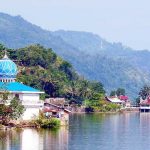
















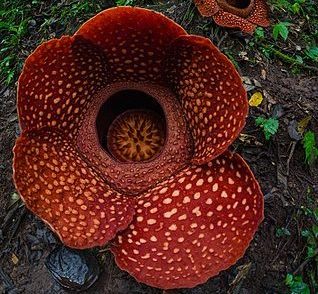 As in most other province of Indonesia, West Sumatra has a tropical rainforest climate (Köppen climate classification Af) bordering on a tropical monsoon climate. The climate is very much dictated by the surrounding sea and the prevailing wind system. It has high average temperature and high average rainfall.
As in most other province of Indonesia, West Sumatra has a tropical rainforest climate (Köppen climate classification Af) bordering on a tropical monsoon climate. The climate is very much dictated by the surrounding sea and the prevailing wind system. It has high average temperature and high average rainfall.
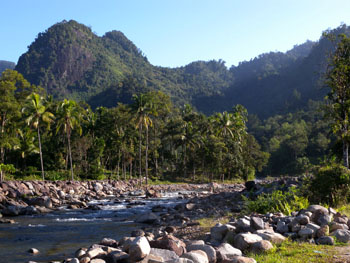 Flora and Fauna. The province includes large areas of dense tropical forest, which is home to a host of species including: Rafflesia arnoldii (world’s largest flower), Sumatran tiger, siamang, Malayan tapir, Sumatran serow, rusa deer, Malayan sun bear, Bornean clouded leopard, and many birds and butterflies.
Flora and Fauna. The province includes large areas of dense tropical forest, which is home to a host of species including: Rafflesia arnoldii (world’s largest flower), Sumatran tiger, siamang, Malayan tapir, Sumatran serow, rusa deer, Malayan sun bear, Bornean clouded leopard, and many birds and butterflies.
The province includes two national parks: Siberut National Park and Kerinci Seblat National Park, as well as a number of nature reserves: Rimbo Panti Nature Reserve, Batang Palupuh Nature Reserve, Lembah Anai Nature Reserve, Lembah Harau Nature Reserve, Bung Hatta Grand Forest Park, and Beringin Sakti Nature Reserve.
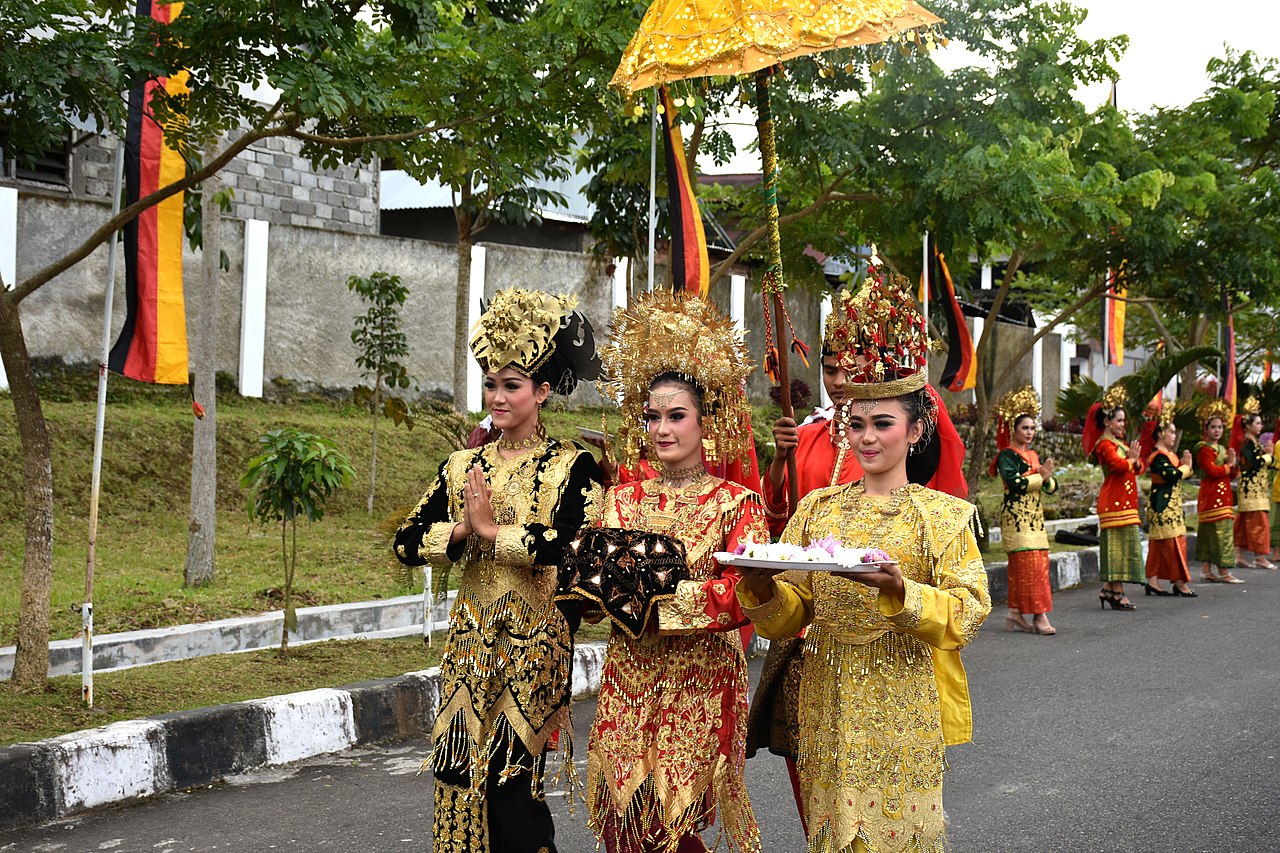 Demographics
Demographics
The Census population of West Sumatra was 5.53 million in 2020, of whom 2,786,360 were male and 2,748,112 were female. In 2014, 88% were recorded, as Minangkabau people. Batak people, mainly from Mandailing sub-ethnic group, and Javanese comprised 4% of the population respectively, while Mentawai people who live in the Mentawai islands made up 1%.
In 2015, about 44.2% of West Sumatran lived in urban areas. Most of the urban population of West Sumatra is concentrated in the centre-west coast of province and Minangkabau Highlands. West Sumatra has 3 cities with populations over 100,000.
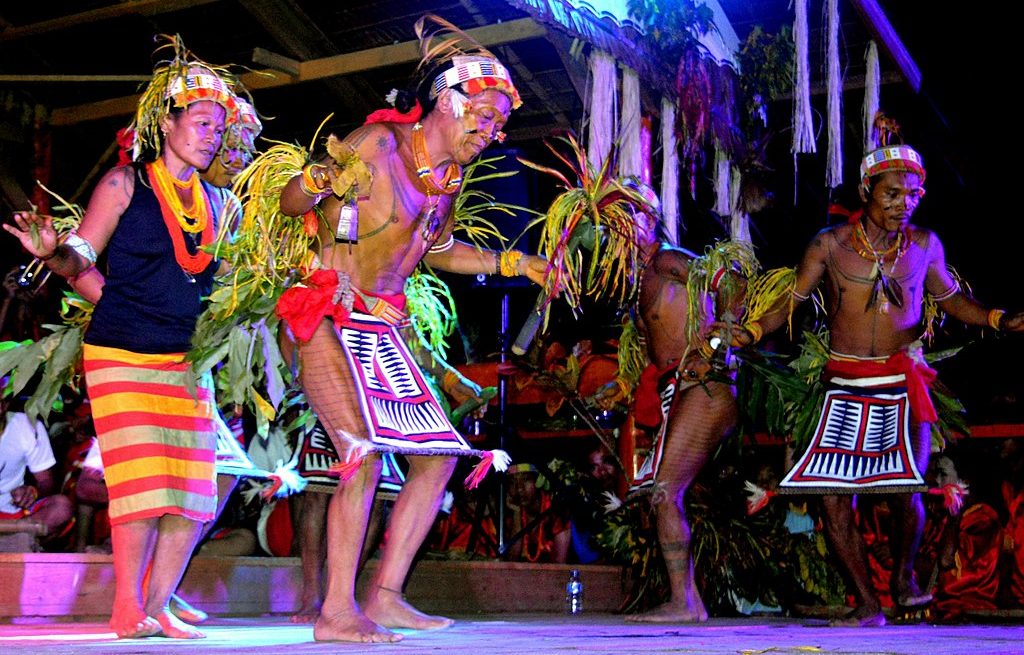 Padang is the major metropolitan areas with the population of 909,040 in 2020. Minangkabau highlands cities of Payakumbuh and Bukittinggi rank as West Sumatra’s next most populous cities, with populations of 139,576 and 121,028 respectively in 2020.
Padang is the major metropolitan areas with the population of 909,040 in 2020. Minangkabau highlands cities of Payakumbuh and Bukittinggi rank as West Sumatra’s next most populous cities, with populations of 139,576 and 121,028 respectively in 2020.
Ethnicity. West Sumatra is the native homeland of Minangkabau people. They speak Minangkabau language and predominantly Muslim. They have a reputation as traders, intellectuals as well as politically savvy people who have successfully exported their culture, language, cuisine and beliefs throughout Indonesia.
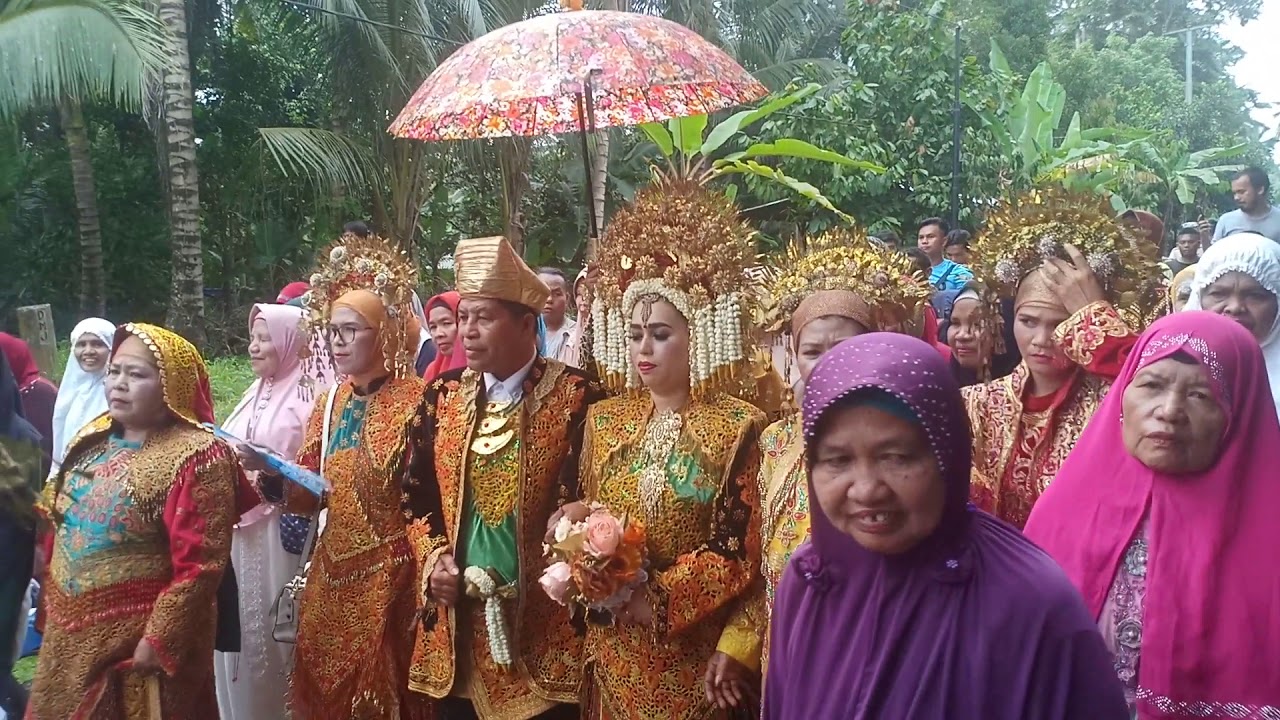 Mentawaians live on the Mentawai Islands, off the western coast of Sumatra, that are also part of the native people of province. They speak Mentawai languages. Small minority of the Mentawais are Christians nowadays. In the Mentawai Islands, where the majority of the population is Mentawai, it is rare to find Minangkabau people.
Mentawaians live on the Mentawai Islands, off the western coast of Sumatra, that are also part of the native people of province. They speak Mentawai languages. Small minority of the Mentawais are Christians nowadays. In the Mentawai Islands, where the majority of the population is Mentawai, it is rare to find Minangkabau people.
Chinese Indonesian are only found in big cities, such as Padang, Bukittinggi, and Payakumbuh. In Padang and Pariaman, there are also small numbers of Nias and Tamil people.
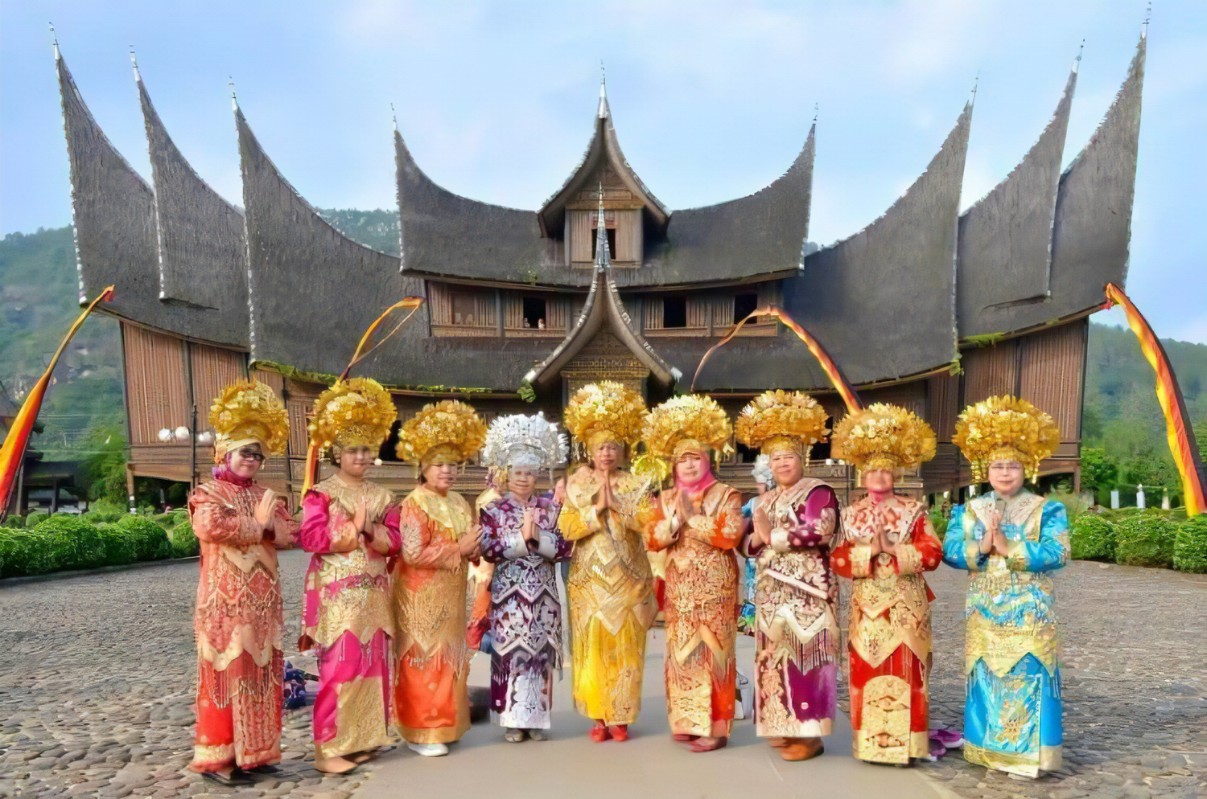 The language used in everyday life in West Sumatra is the Minangkabau language which has several dialects, such as the Bukittinggi dialect, Pariaman dialect, South Coastal dialect, and Payakumbuh dialect. In the Pasaman and West Pasaman regions bordering North Sumatra, the Batak Mandailing dialect is also spoken.
The language used in everyday life in West Sumatra is the Minangkabau language which has several dialects, such as the Bukittinggi dialect, Pariaman dialect, South Coastal dialect, and Payakumbuh dialect. In the Pasaman and West Pasaman regions bordering North Sumatra, the Batak Mandailing dialect is also spoken.
Meanwhile, in the Mentawai archipelago, the Mentawai language is widely used. Tamil is spoken by Tamils in Padang. Indonesian is widely understood as a second-language. It is used as the language of education as well as interethnic communication.
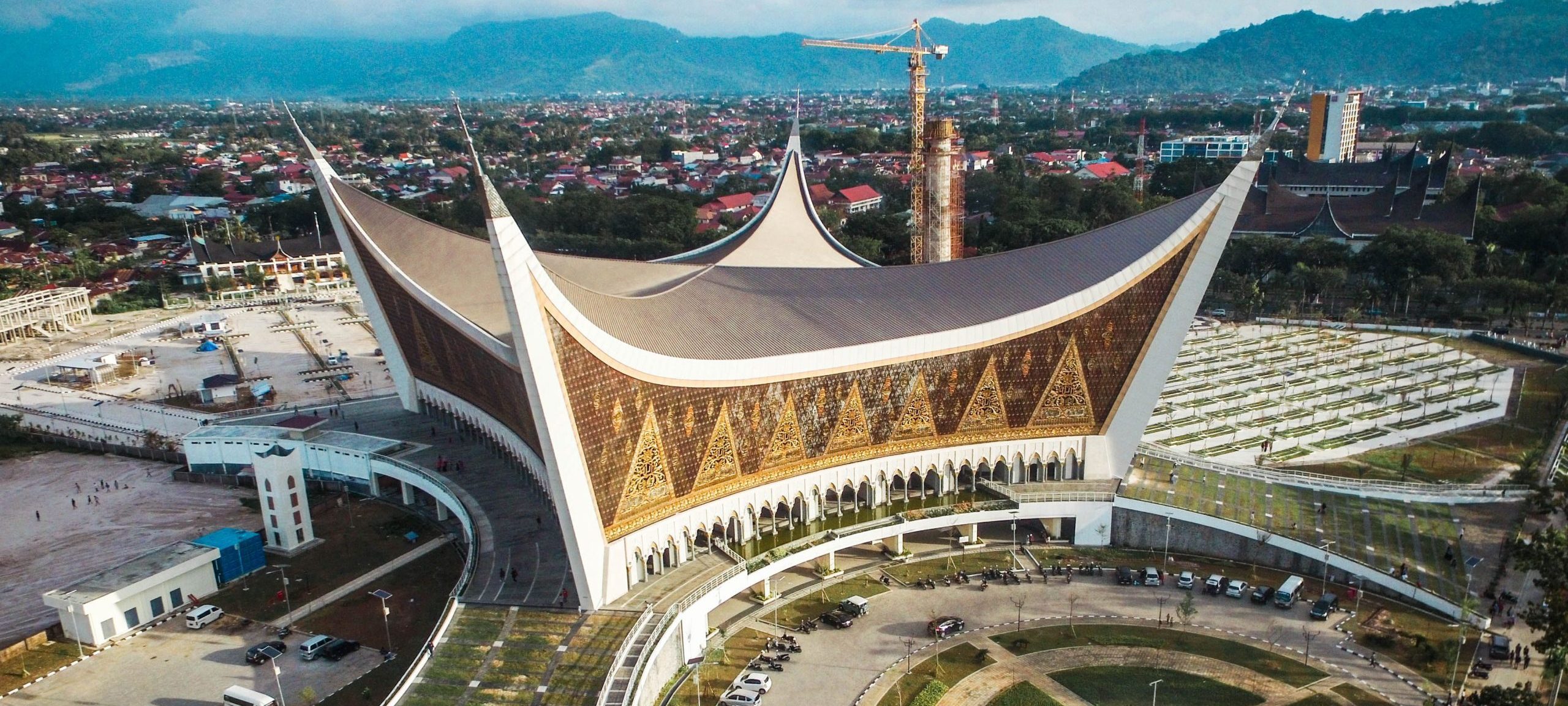 Islam is the majority religion adopted by 98% of the population of West Sumatra. Christians, concentrated in the Mentawai Islands, number around 1.6%, Buddhists are around 0.26%, and Hindus are around 0.01%, the two latter being adopted by immigrant communities.
Islam is the majority religion adopted by 98% of the population of West Sumatra. Christians, concentrated in the Mentawai Islands, number around 1.6%, Buddhists are around 0.26%, and Hindus are around 0.01%, the two latter being adopted by immigrant communities.
Various places of worship, which are dominated by mosques and musallas, can be found in every district and city in West Sumatra. The biggest mosque is the Great West Sumatra Mosque in Padang. The oldest mosques include the Ganting Grand Mosque in Padang and the Tuo Kayu Jao Mosque in Solok Regency.

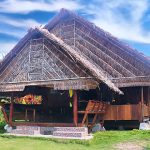
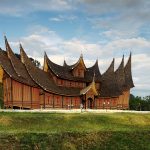

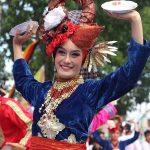
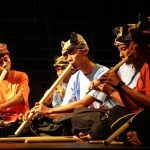
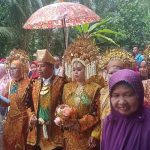
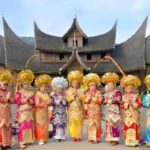

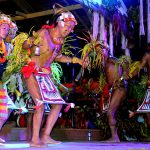














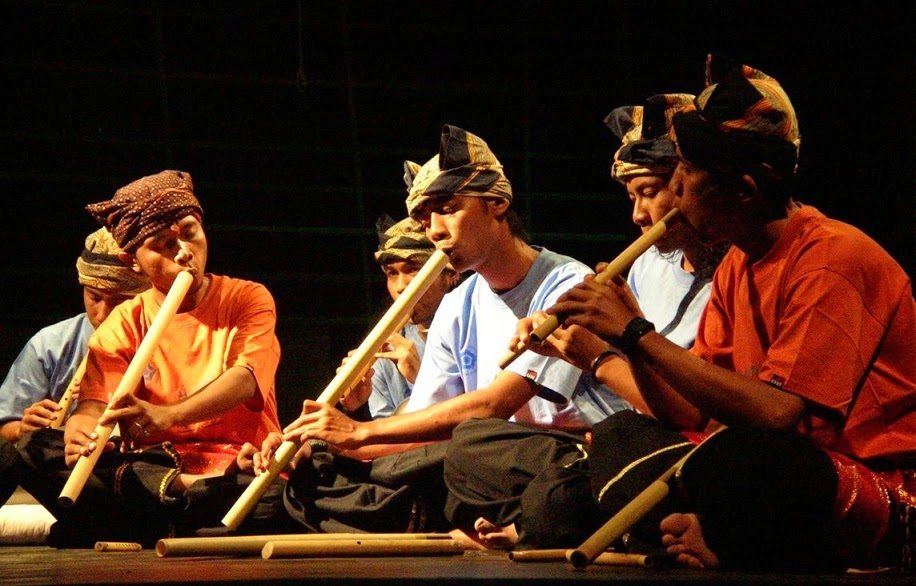 Culture
Culture
Traditional Music. The nuances of Minangkabau in every West Sumatra music mixed with any type of music at this time will definitely be seen from every song that circulates in the community. This is because Minang music can be formulated with any kind of music that makes it pleasant to hear and acceptable to the public.
The musical elements giving the nuance consist of traditional musical instruments, saluang, bansi, talempong, rabab, pupuik, serunai, and gandang tabuik. There is also a saluang jo dendang, which is the delivery of chanting accompanied by saluang, also known as sijobang.
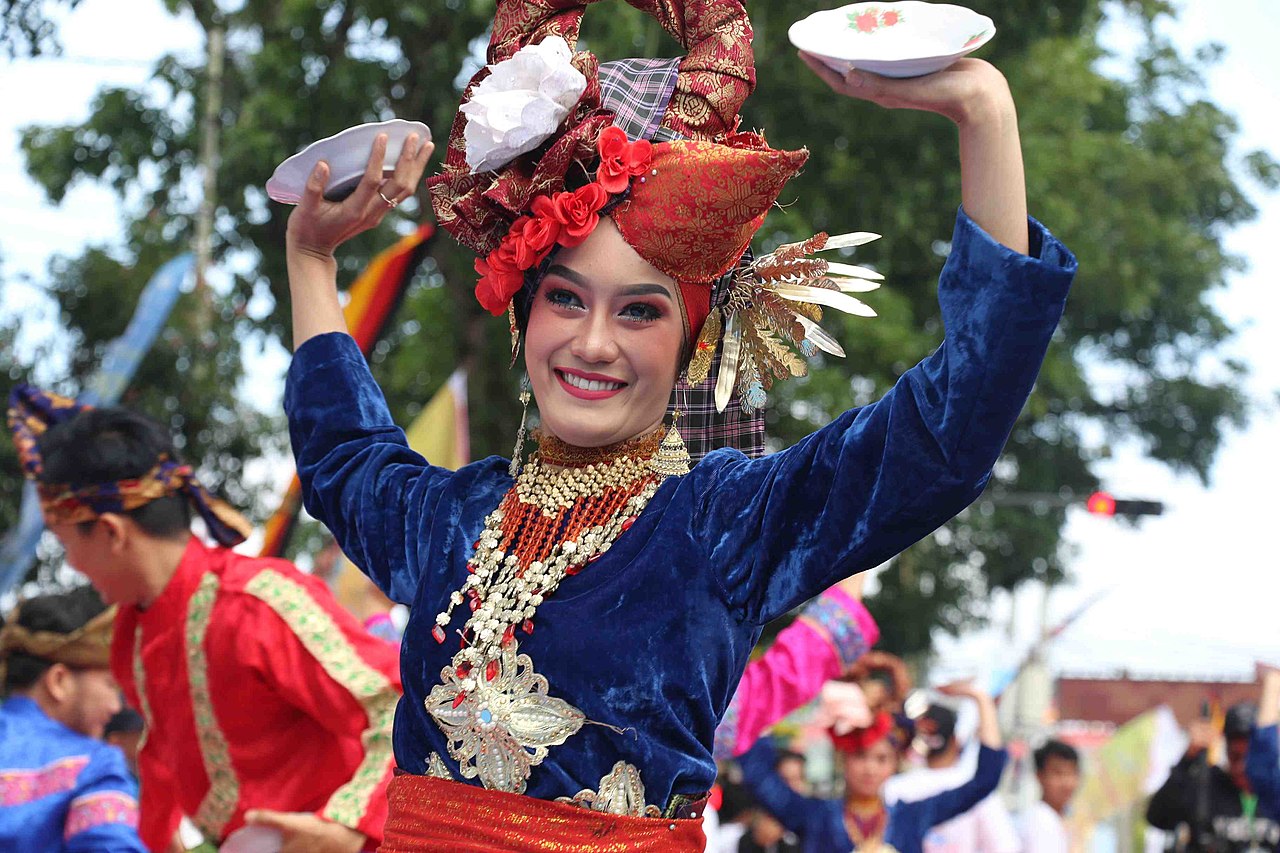 Minangkabau music in the form of instrumental and songs from this area are generally melancholy. This is closely related to the structure of the community which has a sense of brotherhood, kinship relations and love of a high homeland supported by the habit of going abroad.
Minangkabau music in the form of instrumental and songs from this area are generally melancholy. This is closely related to the structure of the community which has a sense of brotherhood, kinship relations and love of a high homeland supported by the habit of going abroad.
Traditional Dance. Broadly speaking, dance from West Sumatra is from the customs of the Minangkabau people and the Mentawai people. The peculiarities of Minangkabau dance are generally influenced by the Islamic religion, the uniqueness of matrilineal customs and the habit of migrating their communities also give a great influence on the soul of a classical dance that is classic, including tari pasambah, tari piring, tari payung, and the tari indang.
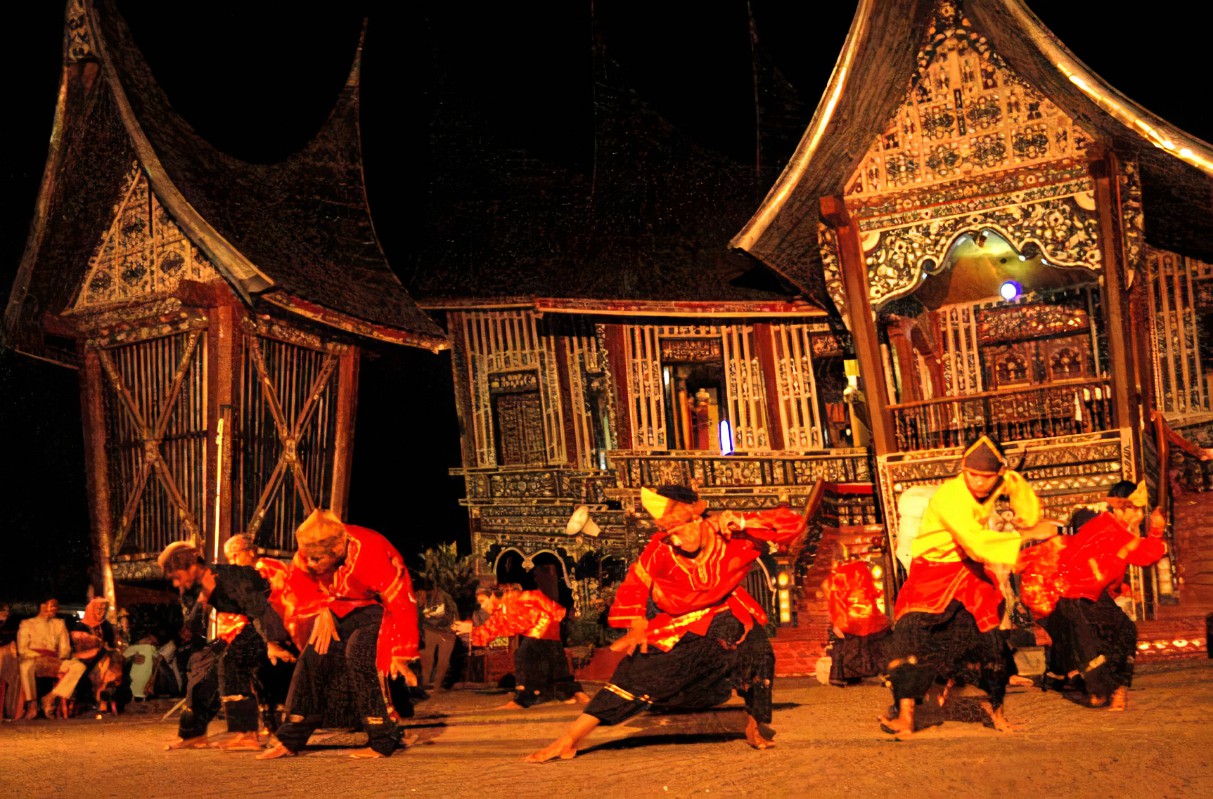 Meanwhile, there is also a performance typical of other Minangkabau ethnic groups in the form of a unique blend of martial arts called silek with dancing, singing and acting known as Randai.
Meanwhile, there is also a performance typical of other Minangkabau ethnic groups in the form of a unique blend of martial arts called silek with dancing, singing and acting known as Randai.
As for the typical Mentawai people dance is called Turuk Laggai. This Turuk Langai dance generally tells about animal behavior, so the title is adjusted to the names of the animals, for example tari burung (bird), tari monyet (monkey), tari ayam (chicken), tari ular (snake) and so on.
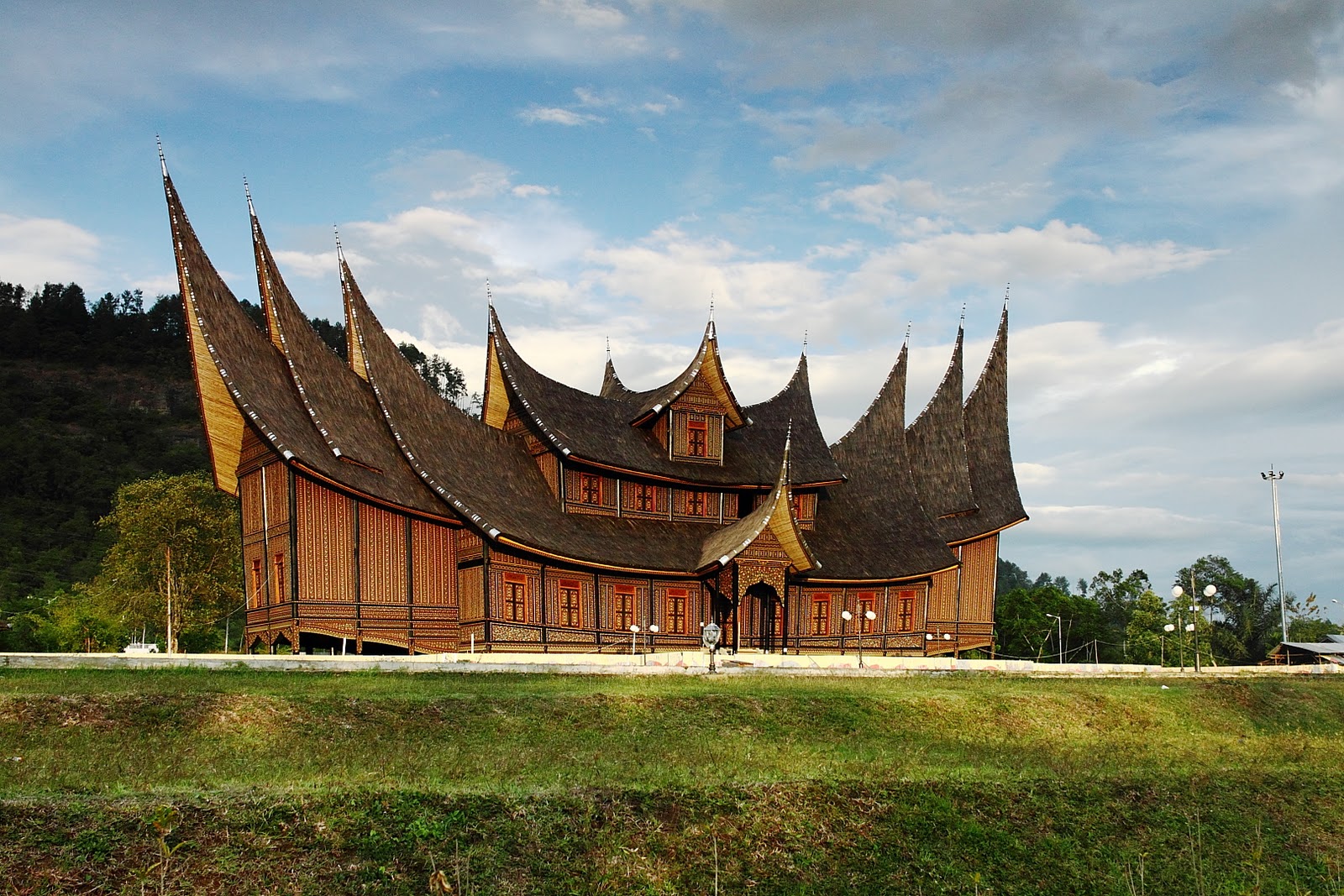 The traditional house of West Sumatra, especially from the Minangkabau people, is called Rumah Gadang. The rumah Gadang is usually built on a plot of land belonging to the parent family in the tribe and people from generation to generation. Not far from the rumah gadang complex is usually also built a surau that functions as a place of worship and a place of residence for unmarried adult men.
The traditional house of West Sumatra, especially from the Minangkabau people, is called Rumah Gadang. The rumah Gadang is usually built on a plot of land belonging to the parent family in the tribe and people from generation to generation. Not far from the rumah gadang complex is usually also built a surau that functions as a place of worship and a place of residence for unmarried adult men.
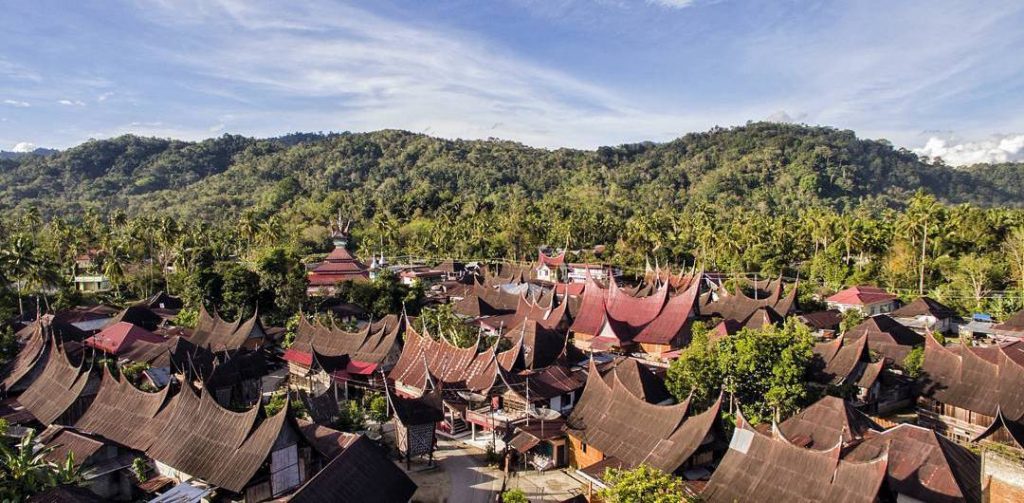 The rumah gadang is made in the form of a rectangle and is divided into two front and rear parts, generally made of wood, and at first glance it looks like a stilt house with a distinctive roof, prominent like a buffalo horn, the local people call it Gonjong and the roof was formerly made from palm fiber before changing to a zinc roof.
The rumah gadang is made in the form of a rectangle and is divided into two front and rear parts, generally made of wood, and at first glance it looks like a stilt house with a distinctive roof, prominent like a buffalo horn, the local people call it Gonjong and the roof was formerly made from palm fiber before changing to a zinc roof.
This rumag Bagonjong according to the local community was inspired by the Tambo, which tells of the arrival of their ancestors by boat from the sea. Another distinctive feature of this traditional house is not using iron nails but using wooden pegs, but strong enough as a binder.
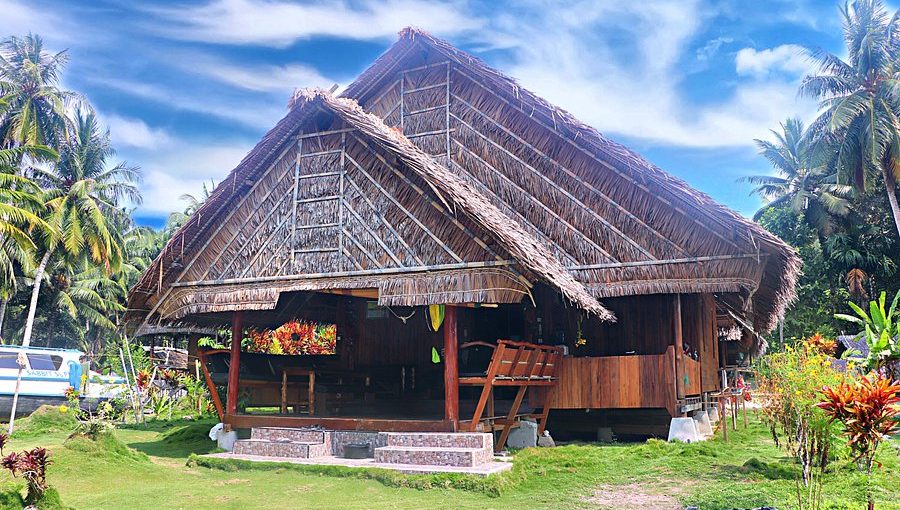 While the Mentawai people also have a traditional house in the form of a large stilt house with a floor height of up to one meter of land called uma. Uma is inhabited jointly by five to ten families. In general, this uma construction was built without the use of nails, but it was cooked with wood and a cross-linking system.
While the Mentawai people also have a traditional house in the form of a large stilt house with a floor height of up to one meter of land called uma. Uma is inhabited jointly by five to ten families. In general, this uma construction was built without the use of nails, but it was cooked with wood and a cross-linking system.
Apart from uma, the Mentawai people know other houses to live in, namely lalep and rusuk. The building motif is relatively no different from uma. The difference lies in its function, namely the uma is more likely to function as a shared house or group of sikebbukat uma, while lalep and rusuk are used as individual residences for families.
Lalep is a house that is used as a residence for a family so that a cubicle in the uma is sometimes also referred to as the term lalep. Meanwhile, a rusuk is a house around the house that functions as a bed for someone who is alone (bachelor or widow) so that sometimes the shape is relatively smaller than uma or lalep.
Kabupaten & Kota
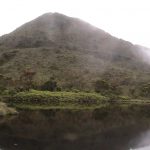
Pasaman Barat
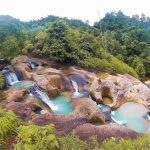
Padang Pariaman
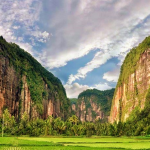
Lima Puluh Kota

Kepulauan Mentawai
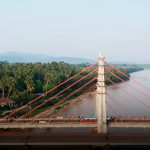
Dharmasraya
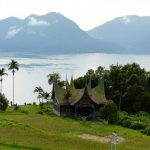
Agam

Bukittinggi
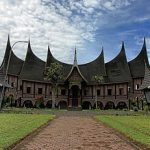
Padang Panjang
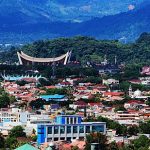
Padang
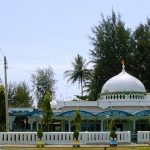
Pariaman
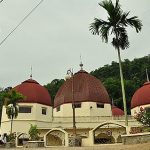
Sawahlunto
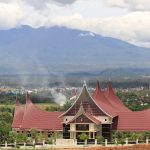
Solok
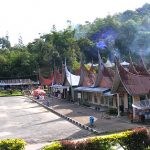
Payakumbuh
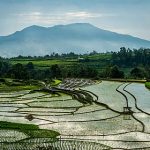
Tanah Datar
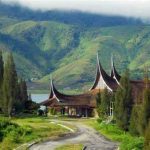
Solok
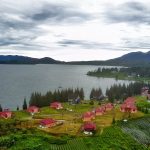
Solok Selatan
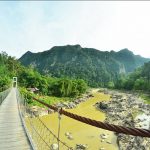
Sijunjung

Pesisir Selatan
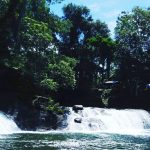
Pasaman

Pasaman Barat

Padang Pariaman

Lima Puluh Kota

Kepulauan Mentawai

Dharmasraya

Agam

Bukittinggi

Padang Panjang

Padang

Pariaman

Sawahlunto

Solok
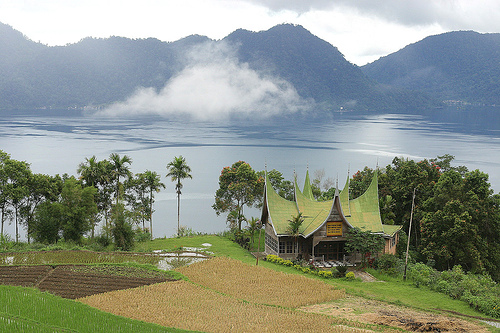 Tourism
Tourism
The prime tourist attractions of West Sumatra are the natural environment, and the culture and history of the Minangkabau and Mentawai people.
Natural attractions of the mainland include the tropical forests, mountains, volcanos, lakes, valleys, rivers & waterfalls in the highlands, the fauna and flora, and the beaches around Padang. Many areas are protected as part of national parks and reserves.
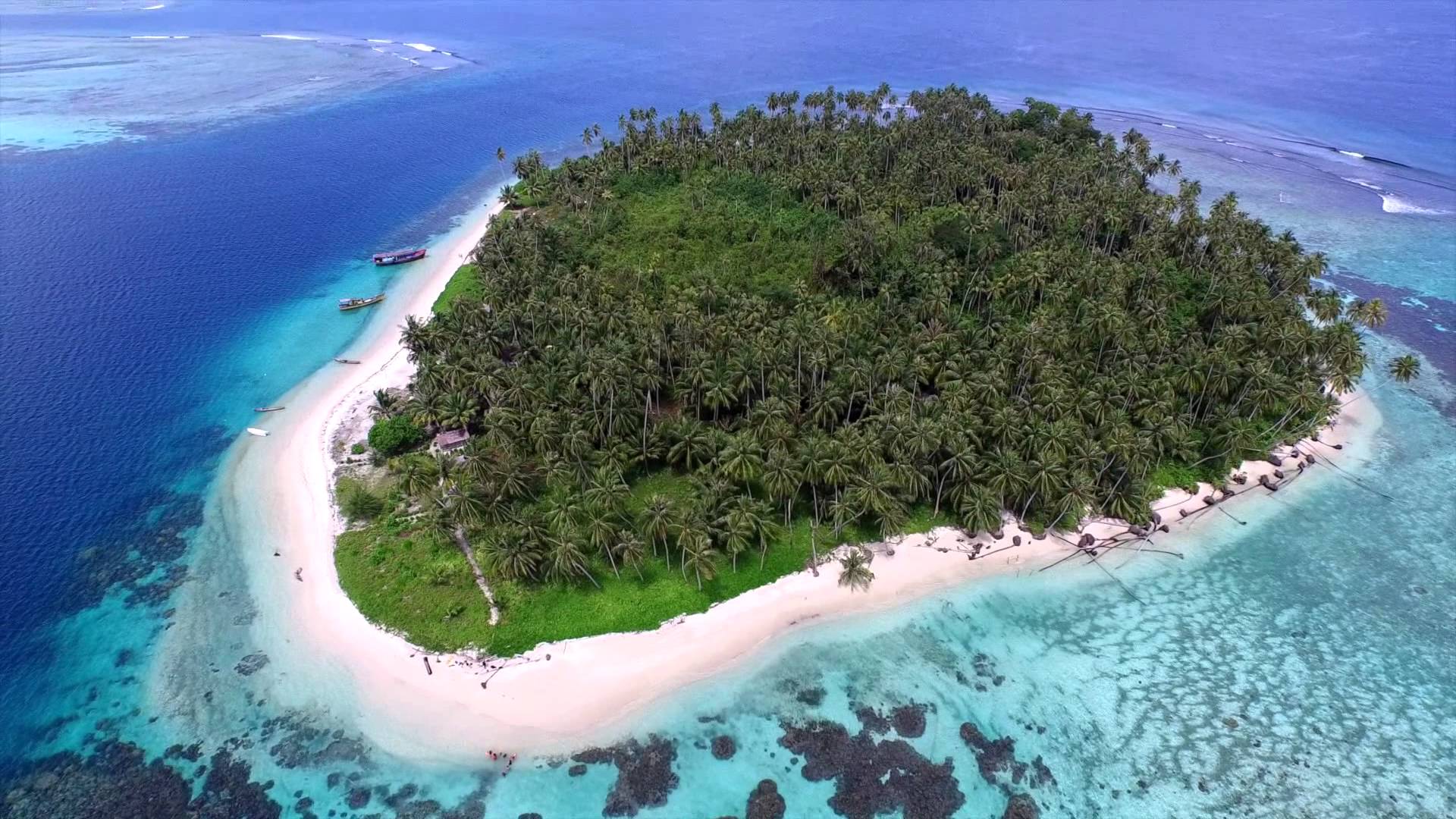 The city of Bukittinggi is a popular central location in the highlands from which to explore the culture and history of the Minangkabau people, including architecture, crafts, dances, music and food. There are a number of museums and cultural centers. Pariaman has one of the famous festivals, Tabuik.
The city of Bukittinggi is a popular central location in the highlands from which to explore the culture and history of the Minangkabau people, including architecture, crafts, dances, music and food. There are a number of museums and cultural centers. Pariaman has one of the famous festivals, Tabuik.
The Mentawai Islands are a popular destination for surfers and those looking to experience the culture and more primitive lifestyle of the Mentawai people. For developing West Sumatra tourism, in 2006 the government opened tourist train railway service run between Padang – Padang Panjang – Sawahlunto.
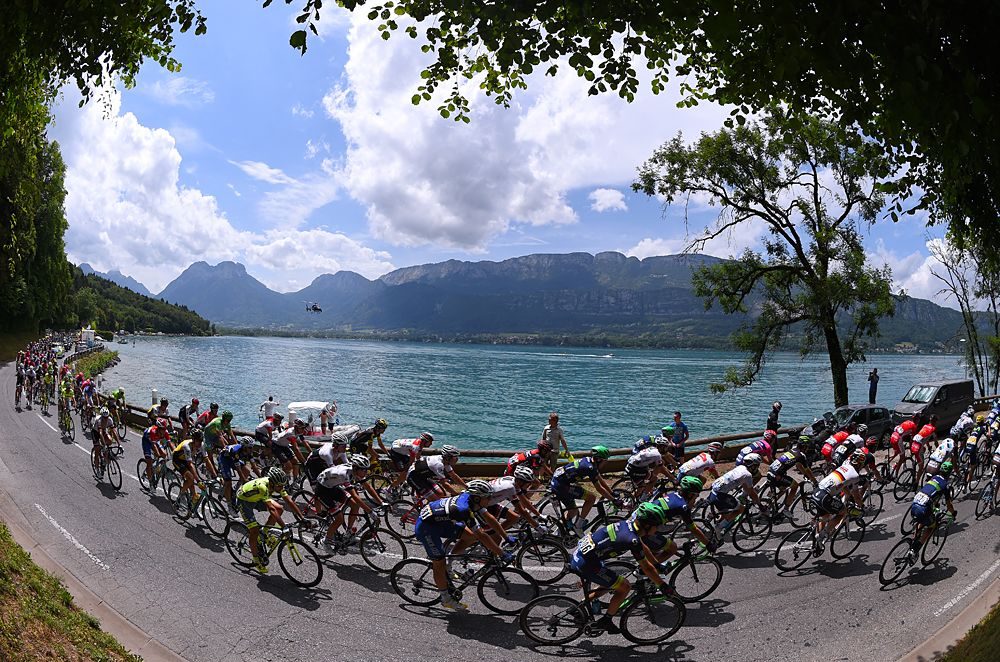 The Tour de Singkarak international cycling race had boosted the number of the foreign tourists to West Sumatra. The majority of the foreign tourists are Malaysians and Australian.
The Tour de Singkarak international cycling race had boosted the number of the foreign tourists to West Sumatra. The majority of the foreign tourists are Malaysians and Australian.
The favourite tourism places in West Sumatra province are : Jam Gadang, the clocktower in the downtown of Bukittinggi; Panorama, Viewing to Sianok valley; Air Manih beach, The beach that stretch from the north to south of Padang coastal; Padang mountain; Caroline beach; Pagaruyung Palace in Batusangkar; Harau valley; Lake Maninjau; Lake Singkarak; Lake Diatas and Lake Dibawah; and Sikuai Island.
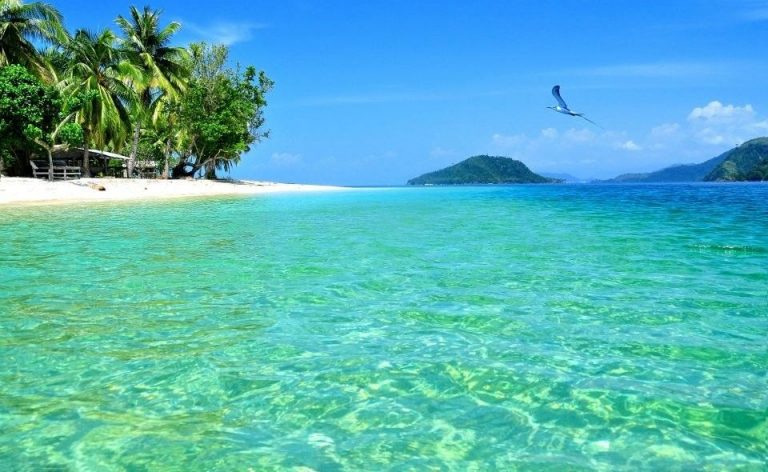 There are 25 islands at Pesisir Selatan Regency potential to be tourist sites.
There are 25 islands at Pesisir Selatan Regency potential to be tourist sites.
Cubadak Island (9 hectares), Pagang Island (12 hectares) and Pulau Penyu (Turtle Island) have been developed well. At the northern part will be developed Semangki Besar Island, Semangki Kecil Island, Marak Island, Setan Terusan Island, and Karao Island. At the southern part will be developed Kerabak Ketek Island, Kerabak Gadang Island, and Kosong Island.
The traditional dance is “Tari Piring” or Plate Dance which is originally came from Solok, West Sumatra.
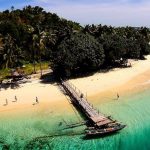

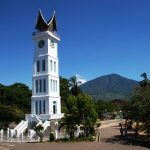
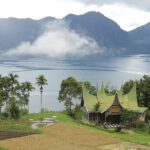

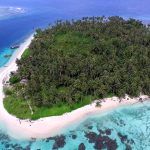












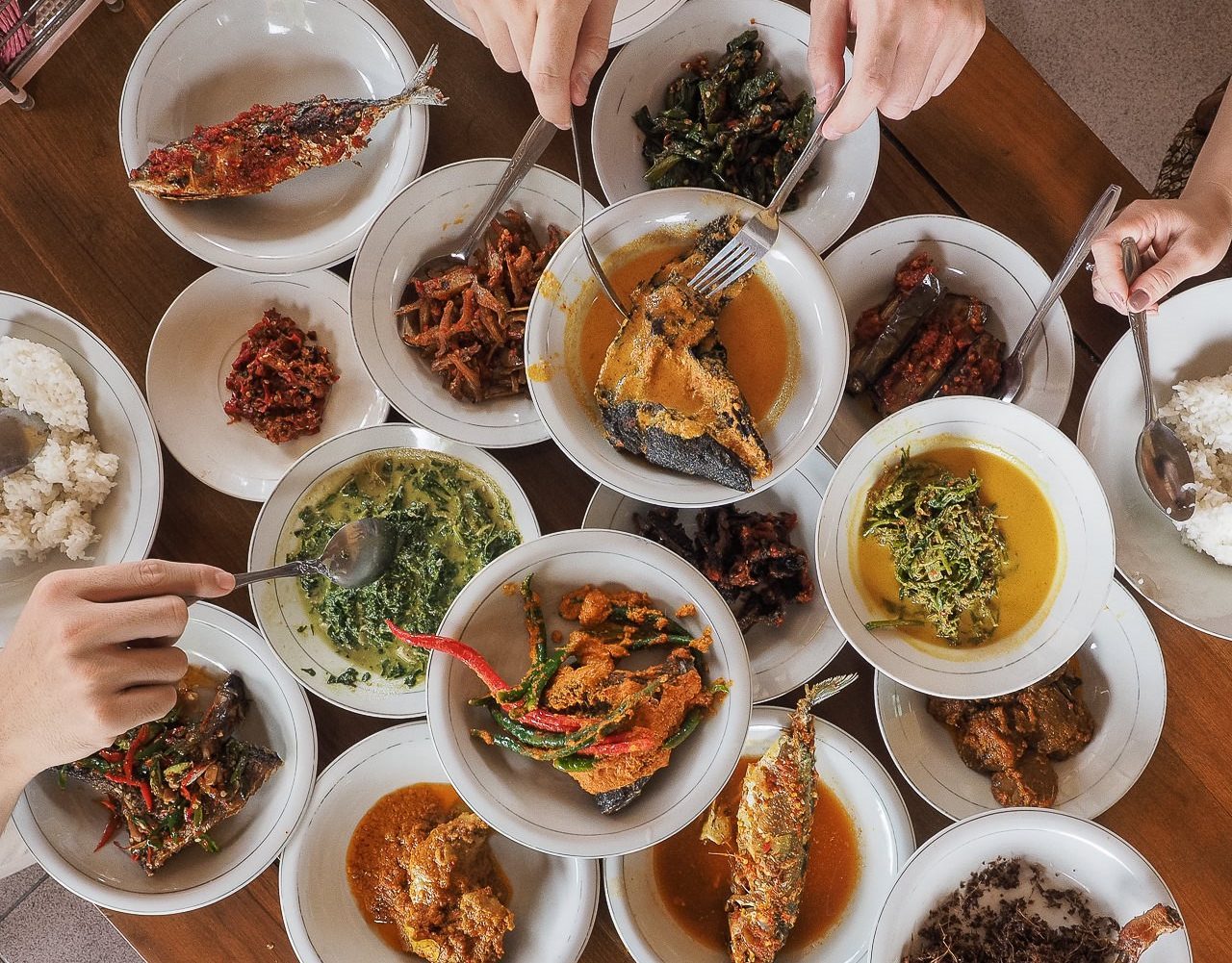 Cuisine
Cuisine
Padang food is the cuisine of the Minangkabau people. Padang food is famous for its rich taste of succulent coconut milk and spicy chili. Minang cuisine put much emphasis in three elements; gulai (curry), lado (chili pepper) and bareh (rice). No traditional Padang meal is complete without the three—spicy chili sauce, thick curry, and perfect steamed rice.
Among the cooking traditions in Indonesian cuisine, Minangkabau cuisine and most of Sumatran cuisine, demonstrate Indian and Middle Eastern influences, with dishes cooked in curry sauce with coconut milk and the heavy use of spices mixture.
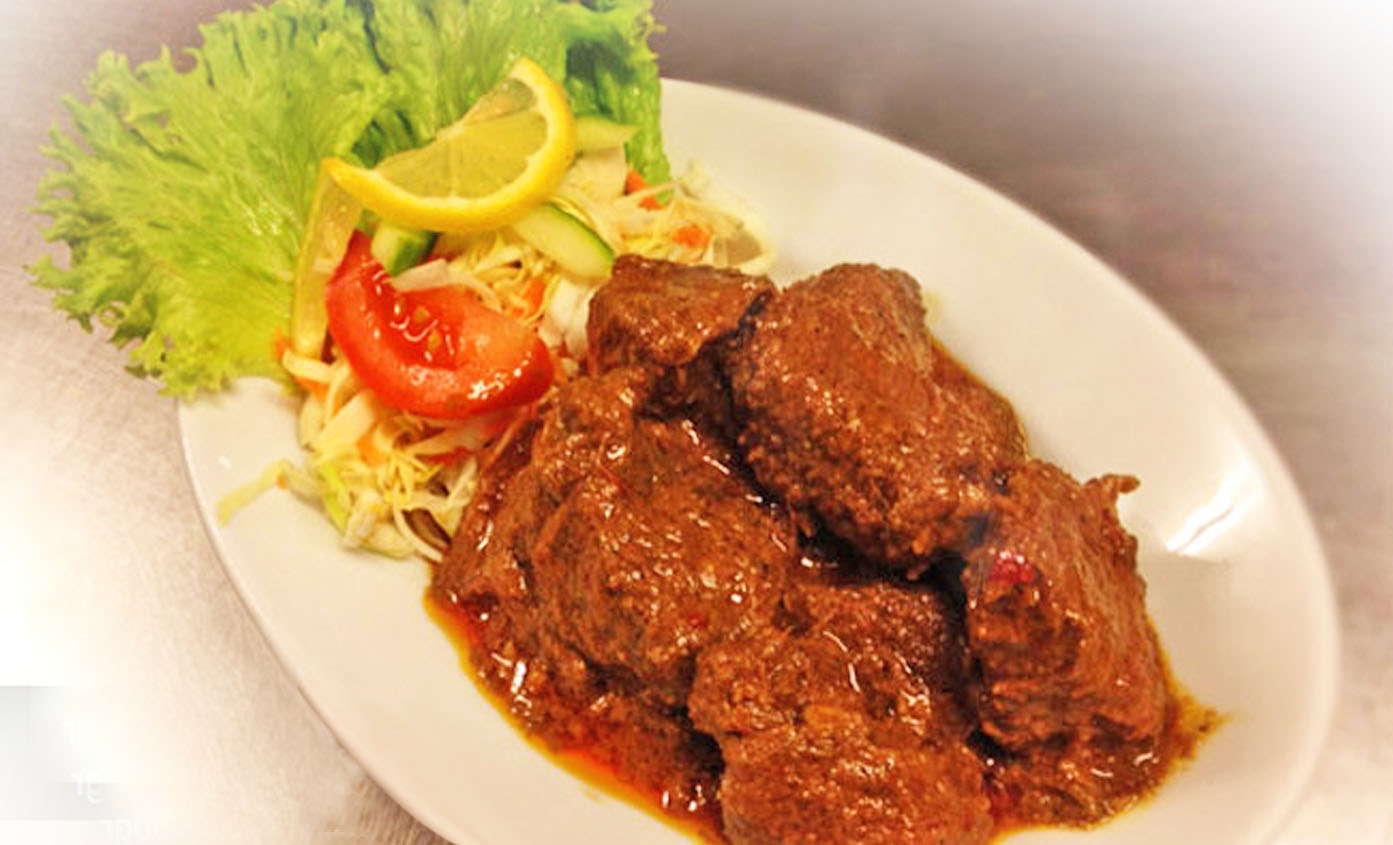 Because most Minangkabau people are Muslims, Minangkabau cuisine follows halal dietary law rigorously. Protein intake are mostly taken from beef, water buffalo, goat, lamb meat, and poultry and fish. Minangkabau people are known for their fondness of cattle meat products including offal.
Because most Minangkabau people are Muslims, Minangkabau cuisine follows halal dietary law rigorously. Protein intake are mostly taken from beef, water buffalo, goat, lamb meat, and poultry and fish. Minangkabau people are known for their fondness of cattle meat products including offal.
Almost all the parts of a cattle, such as meat, ribs, tongue, tail, liver, tripe, brain, bone marrow, spleen, intestine, cartilage, tendon, and skin are made to be Minangkabau delicacies.
 Seafood is popular in coastal West Sumatran cities, and most are grilled or fried with spicy chili sauce or in curry gravy. Fish, shrimp, and cuttlefish are cooked in similar fashion. Most of Minangkabau food is eaten with hot steamed rice or compressed rice such as katupek (ketupat). Vegetables are mostly boiled such as boiled cassava leaf, or simmered in thin curry as side dishes, such as gulai of young jackfruit or cabbages.
Seafood is popular in coastal West Sumatran cities, and most are grilled or fried with spicy chili sauce or in curry gravy. Fish, shrimp, and cuttlefish are cooked in similar fashion. Most of Minangkabau food is eaten with hot steamed rice or compressed rice such as katupek (ketupat). Vegetables are mostly boiled such as boiled cassava leaf, or simmered in thin curry as side dishes, such as gulai of young jackfruit or cabbages.
The cuisine is usually cooked once per day. To have Nasi Padang in restaurants customers choose from those dishes, which are left on display in high-stacked plates in the windows. During a dine-in hidang (serve) style Padang restaurant, after the customers are seated, they do not have to order.
The waiter immediately serves the dishes directly to the table, and the table will quickly be set with dozens of small dishes filled with highly flavored foods such as beef rendang, curried fish, stewed greens, chili eggplant, curried beef liver, tripe, intestines, or foot tendons, fried beef lung, fried chicken, and of course, sambal, the spicy sauces ubiquitous at Indonesian tables.

